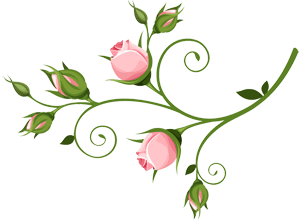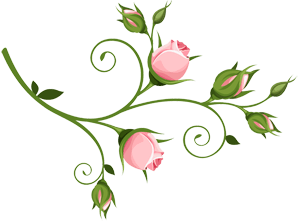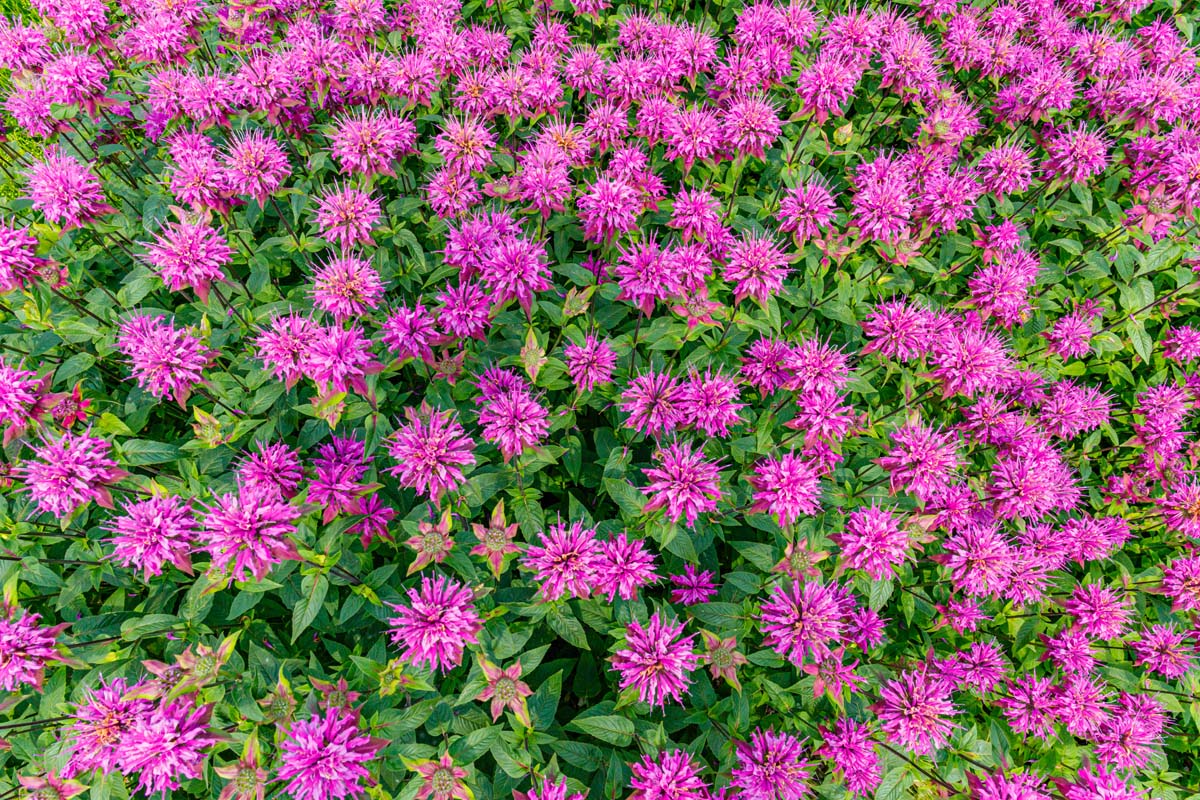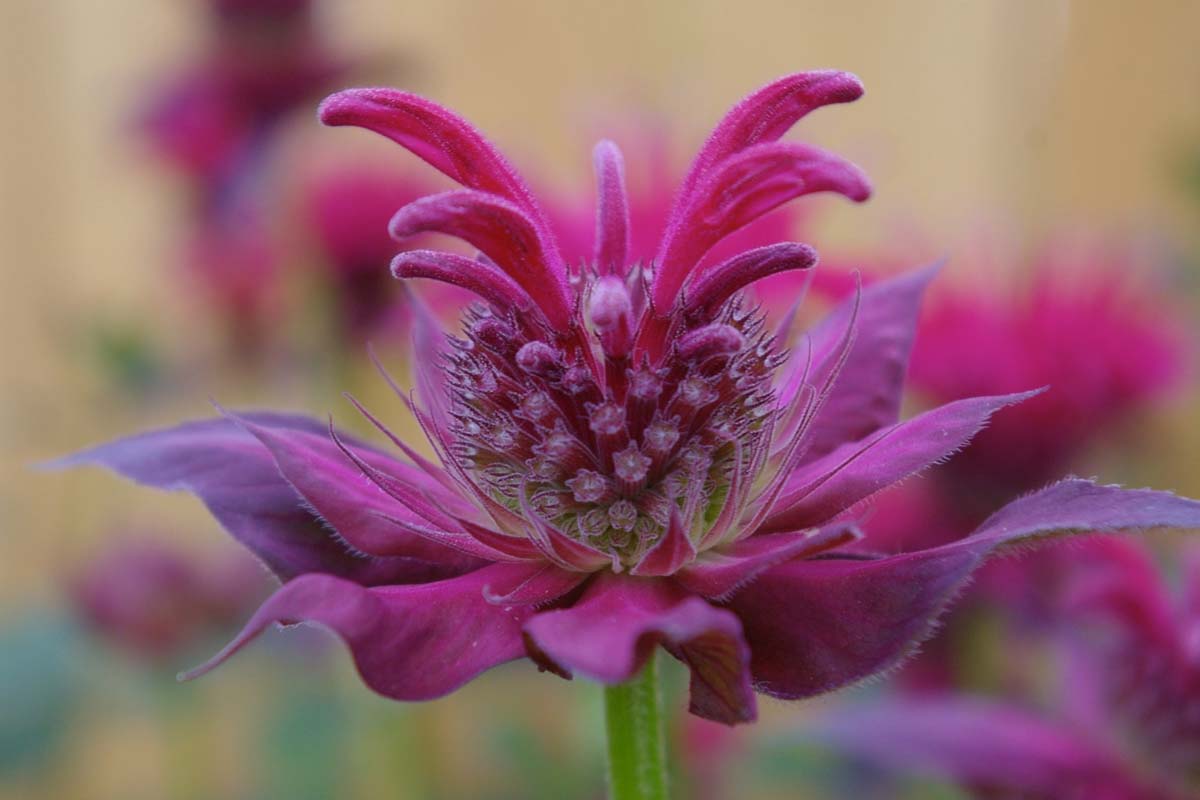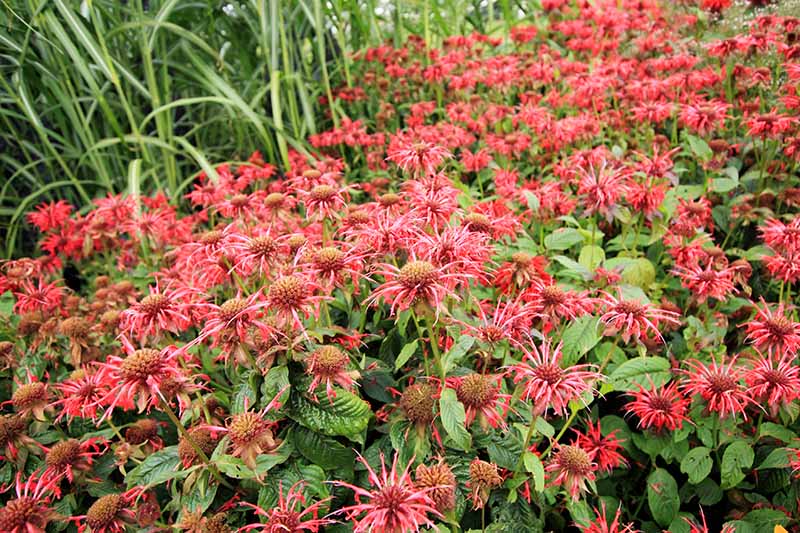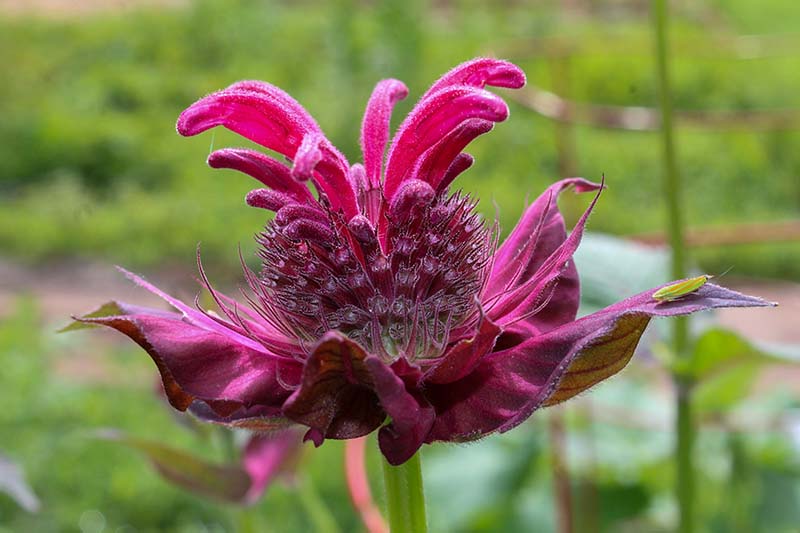How to Plant and Grow Bee Balm
Uniquely beautiful, edible, and medicinal, bee balm makes a spectacular addition to any perennial garden. Just ask the butterflies, bees, and hummingbirds when they come flocking to your garden en masse. Learn how to grow, harvest, and use this herbaceous perennial now.

